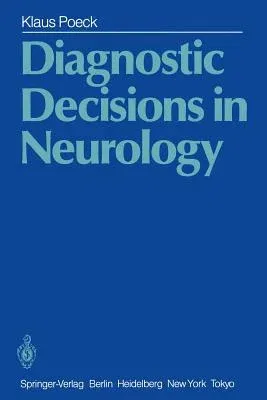Klaus Poeck
(Author)Diagnostic Decisions in Neurology (Softcover Reprint of the Original 1st 1985)Paperback - Softcover Reprint of the Original 1st 1985, 17 November 2011

Qty
1
Turbo
Ships in 2 - 3 days
In Stock
Free Delivery
Cash on Delivery
15 Days
Free Returns
Secure Checkout
Print Length
168 pages
Language
English
Publisher
Springer
Date Published
17 Nov 2011
ISBN-10
3642706959
ISBN-13
9783642706950
Description
Product Details
Author:
Book Edition:
Softcover Reprint of the Original 1st 1985
Book Format:
Paperback
Country of Origin:
NL
Date Published:
17 November 2011
Dimensions:
23.39 x
15.6 x
1.02 cm
ISBN-10:
3642706959
ISBN-13:
9783642706950
Language:
English
Location:
Berlin, Heidelberg
Pages:
168
Publisher:
Weight:
267.62 gm

